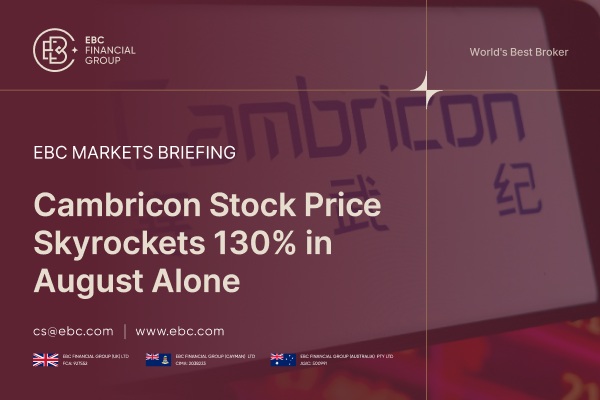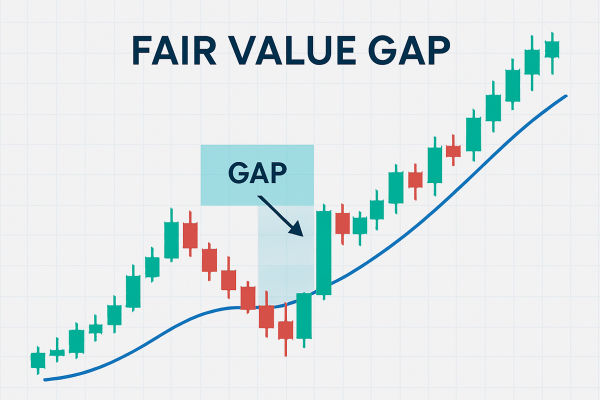In the mythological story of Tota Li Tian Wang's Linglong Pagoda, it can be big and powerful, and in the stock market, there is also a technical analysis tool called Pagoda Line. Do you know what it is? And how to use it?

What is Pagoda Line?
It is also called a TOWER indicator and is similar to the k-line, with different colors of the column to indicate the price of the stock up or down and predict the future trend of technical analysis tools. Taking the closing price as a reference, it can clearly reflect the situation when the stock price reaches a new high or a new low or when a reversal occurs. In general, as long as the overall trend of the stock price is up on the red bar, it is down on the green bar.
Specifically, if yesterday's TOWER for the red column shows that today's Stock Prices continue to rise, then draw a red column; if today's stock prices decline but do not fall below yesterday's lows, also draw a red column. And once below yesterday's low should be yesterday's low as the dividing line, the line part of the red bar, the line under the part of the green bar. Conversely, the downtrend is going the same way.
According to the different cycles that can be divided into daily, weekly, monthly, etc., the day pagoda and the weekly pagoda are more commonly used in practice. By observing the change in color, you can predict the future trend of the stock price. Generally speaking, the green column turned red after the market was bullish, and the red column turned green after the market was bearish.
When the TOWER from green to red or from red to green often corresponds to buy or sell signals, but the stock market is complex and volatile, investors also need to combine volume, moving averages, and other indicators of comprehensive judgment to try to grasp the relative buy and sell points.
Compared with the K-line chart, TOWER contains less information. It cannot reflect the detailed changes in the stock price. However, it is easy to operate, easy to grasp, and still a valuable technical analysis indicator.
Pagoda Line Indicator
|
Characteristics
|
Description
|
|
Indicates rise or fall
|
Red bar stock price up, green bar stock price down. |
|
Closing Price
|
The closing price of the stock is used as a reference to analyze the trend of the stock price. |
|
Forecast Trend
|
By observing the change in color of the bar, you can try to predict the market trend. |
|
Different Cycles
|
Different periods to plot, including Daily Pagoda, Weekly Pagoda and Monthly Pagoda. |
|
Buy and sell signals
|
Green to red is a buy signal. Red to green is a sell signal. |
|
Suitable for beginners
|
The operation is relatively simple and easy to master, suitable for novice investors. |
Principles and Practical Use
Its principle is mainly the struggle between the stock price and the conversion of power in the chart in order to study the future trend of stock prices as well as to choose the appropriate time to buy and sell. A charting indicator that distinguishes between upward and downward price movements with bar lines of different colors (or real and imaginary bodies) and mainly applies the concepts of trend lines, introduction of support zones, and pressurization zones to confirm the reversal of the market.
With the closing price as the only value parameter, it filters out many of the dealer's cheating lines in the K-line chart. Its characteristics are similar to those of the point-and-figure chart: not to record the daily or weekly stock price movement process, but in which the stock price continues to record a new high price (or a new low price), or a reversal of the upward or downward, and then to be recorded and plotted.
By observing the pattern of TOWER, you can determine the timing of buying and selling. For example, the bottom of the upward reversal, unilateral trend, sideways oscillation, and three flat top patterns are TOWER indicators of common forms. Investors can be based on the form and characteristics of the corresponding operation.
In practical use, the main concern is the change of its red and green bar lines and their combination with other indicators. So how do I find the Pagoda Line Precision Buying Method?
As a trend judgment technique, it is not guaranteed that every transaction will be successful. To determine the timing of its buying, it is as follows:
First of all, when the price reverses upward from the bottom, the red and green bar lines of the TOWER enter the state of turning red, which indicates that the market price is beginning to rise, a signal to buy. In the uptrend, as long as the TOWER's red bar line has continued to appear, indicating that the stock price has been maintaining a strong upward trend, you can continue to hold or make a low short-term buy.
Secondly, when it turns green, the market will usually extend a period of decline, which can be regarded as a sell signal. In the downtrend, as long as its green bar line has continued to appear, indicating that the downtrend does not change, it can be high-short.
If it has been in the sideways oscillation, that is, in a certain range of consolidation range to maintain a small red or small green state, as long as this consolidation range has not been broken, you can wait and see, waiting to break the balance after the choice of direction.
The three-flat top pattern refers to the price of a relatively short period of time after a rapid rise in the market. The TOWER chart appeared in three or more consecutive periods; the highest price is almost in the same horizontal position of the bar line. TOWER on the upper part of the red, the lower part of the green, and the green is greater than the red, indicating that more than the short is the signal to sell.
Pagoda Line Tips
|
Tips for use
|
Description
|
|
Long/Short Trend Recognition
|
Red bars appear consecutively bullish; green bars appear consecutively bearish. |
|
Crossover signals
|
Alternating red and green bars correspond to buy or sell signals. |
|
Combining Analytical Tools
|
Examples include moving averages, relative strength indicators, etc. |
How to Set the Pagoda Line Indicator
TOWER indicator settings can be adjusted according to different needs. The following is an example of how to set up the TOWER indicator on the MT4 platform:
Open the MT4 platform, click on the top menu bar in the "Insert" button, and then select the "indicators" option.
In the pop-up list of indicators, select the "user-defined" option.
In the User Defined list, locate and double-click on the "TOWER.mq4" file. This will open a new window containing detailed information and parameters about the indicator.
In this new window, you can customize the parameters of the TOWER indicator.
Once the settings are complete, click the "OK" button to close the window.
In the "Navigation" pane of MT4. find and expand the "Custom Indicators" option, and you should see the newly added "TOWER" indicator.
Drag the TOWER indicator onto the chart you are analyzing and make settings and adjustments to it. Alternatively, you can add the TOWER indicator directly in Design Mode by entering 36 on the stock chart to reach the K-line screen and clicking Show TOWER in Settings.
The difference with the K line
Both are charting tools used for technical analysis, but there are some differences between them.
First of all, they differ in terms of their components. For example, the TOWER only emphasizes the closing price, while the K-line consists of four elements: the opening price, the closing price, the high price, and the low price.
Secondly, the form of expression between the two is also different; TOWER only red and blue bars can be combined together, and tracking the trend has a high degree of sensitivity, especially in the short-term operation of the guidance of the outstanding significance. The K-line, on the other hand, consists of two parts: the solid and the shadow line.
In addition, they are also different in the field of application. TOWER in the field of stock is more widely used and is regarded as one of the most important technical analysis works, and K line is widely used in the technical analysis of the financial market, including stocks, foreign exchange, futures, and so on.
Although both are important tools in technical analysis, they have some differences in the elements, forms of expression, and application areas. In the specific application, you need to choose the right technical analysis tool according to your own needs and investment style.
Difference between Pagoda Line and K-line
|
Characteristics
|
Pagoda Line
|
K-line (Candlestick Chart)
|
|
Indicates rise and fall
|
Colored bars: red for rise, green for fall. |
Candles: red/hollow (up), black/solid (down). |
|
Construction Basis
|
Reflects stock price movements based on closes. |
Constructed with open, high, low, and close prices. |
|
Forecast Trend
|
The red bar is bullish and the green bar is bearish. |
Bullish and bearish signals with various patterns. |
|
Operational
|
Easy to operate and suitable for novices. |
More learning experiences are needed. |
Disclaimer: This material is for general information purposes only and is not intended as (and should not be considered to be) financial, investment, or other advice on which reliance should be placed. No opinion given in the material constitutes a recommendation by EBC or the author that any particular investment, security, transaction, or investment strategy is suitable for any specific person.







